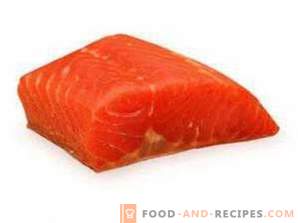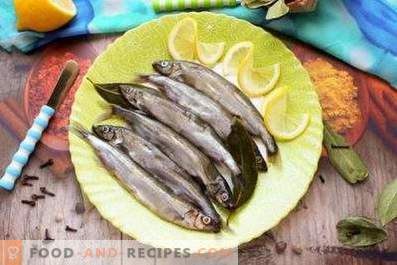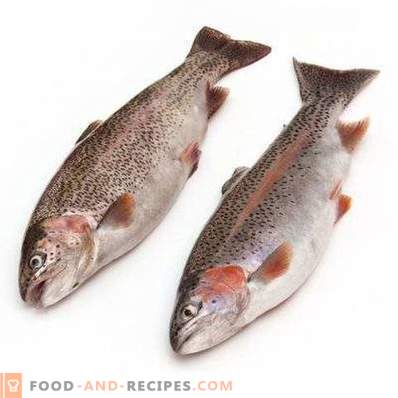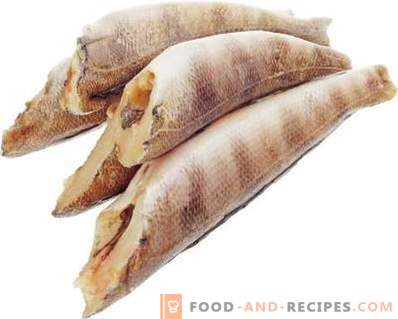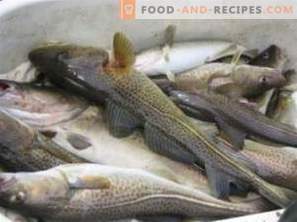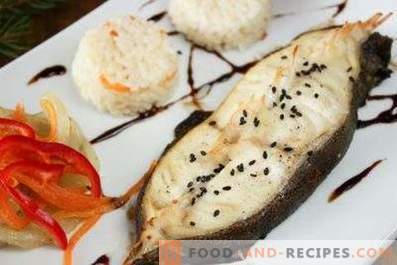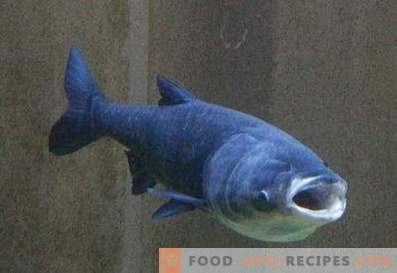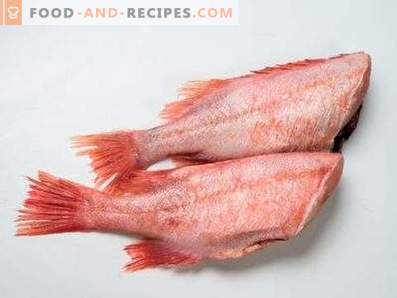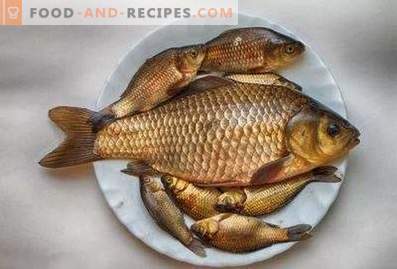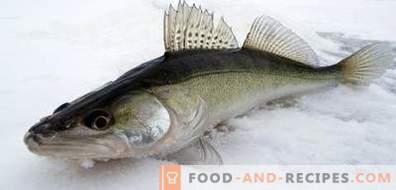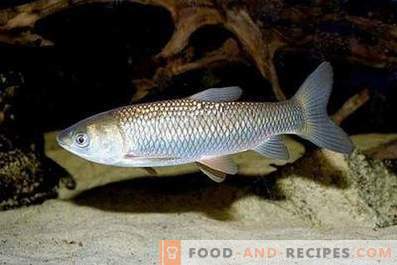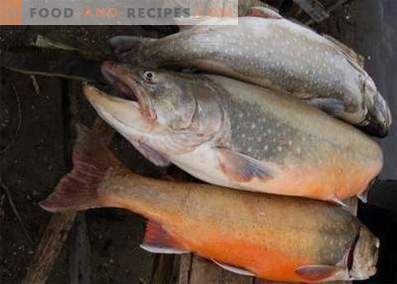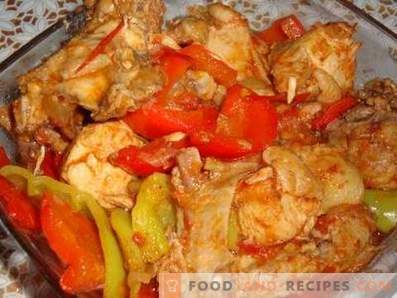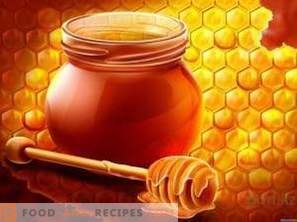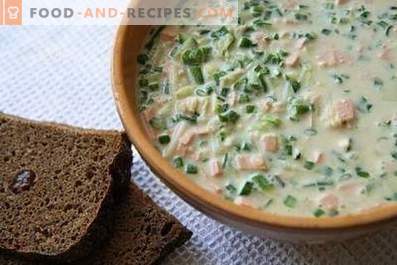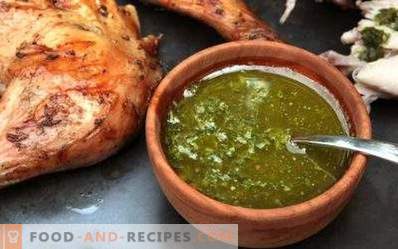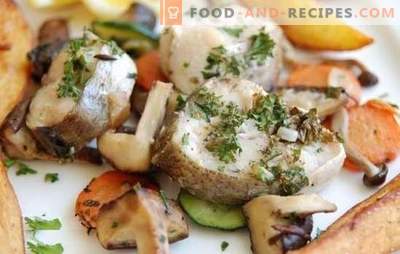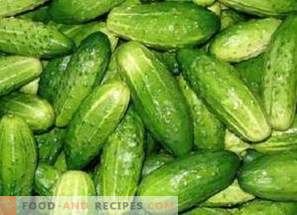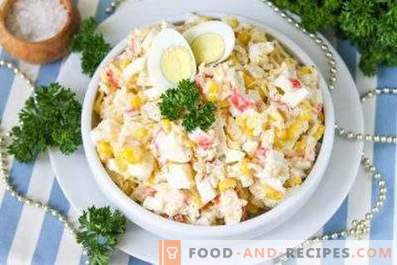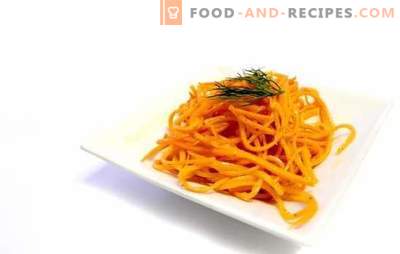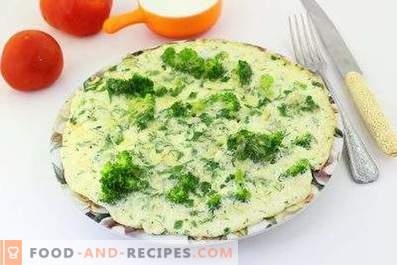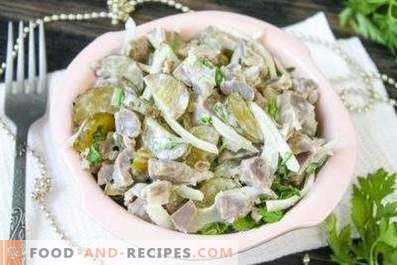
Chum salmon is a widespread anadromous fish of the Salmon family. Representatives of this species are found in the Arctic Ocean basin, in the waters extending from the Bering Strait to Korea and from the Monterey California Bay to the Canadian Mackenzie River, on Sakhalin, Kamchatka and the Kuril Islands. In most countries, this fish is considered a valuable target.
About half of the catch is salted and smoked in various ways. Fresh fish fillets are fried and baked in ovens with vegetables. In addition, it is used in the preparation of soups and fillings for baking. Feed waste and fish meal are made from the waste produced during the cutting of chum salmon.
Appearance
Chum salmon has a large conical head with a straight and narrow upper jaw, small round eyes and an elongated body flattened on the sides. The anal and dorsal fins are located closer to the tail of the fish. The belly and sides of the chum are silver-white in color. The color of the back, head and fins can vary from dark blue to almost black. The whole body of the fish is covered with large scales.
During spawning, the appearance of the chum changes. The head, the back, the bases of the gill arches, the tongue and the sky of the fish acquire a black color, dark gray spots appear behind its eyes, and purple stripes appear on the body. In males, the body flattens, a large hump forms behind the head, and a powerful hook on the upper jaw.
Chum salmon life span is about 7 years. During this time, the fish can gain weight up to 15, 9 kg. The maximum officially registered torso length of this representative of the salmon family is 1 meter.
Nutritional Value
Keta meat is a valuable food product. 100 g of raw fish contains:
- 18, 917 g of proteins;
- 5, 566 g of fat;
- 74, 199 g of water;
- 1, 174 g of ash;
- 79, 642 g of cholesterol;
- 1, 017 g of omega-3 fatty acids;
- 0, 126 g of omega-6 fatty acids.
In addition, the whole complex of essential and nonessential amino acids is included in ketae composition.
Vitamins in keta
100 g of fresh fish contains the following vitamins:
- retinol equivalent (A) - 39, 476 µg;
- thiamine (B1) - 0 328 mg;
- riboflavin (B2) - 0, 188 mg;
- pantothenate (B5) - 0, 993 mg;
- pyridoxine (B6) - 0, 488 mg;
- Niacin equivalent (PP) - 8, 433 mg;
- folic acid (B9) - 15.064 μg;
- cyanocobalamin (B12) - 4, 077 μg;
- ascorbic acid (C) - 1, 119 mg;
- tocopherol equivalent (E) - 1, 274 mg.
In addition, keta contains rare vitamins D and H (calciferol and biotin). The concentration of these compounds in 100 g of the product is 16,228 μg and 0,841 μg, respectively.
Useful items
Macronutrients in 100g chum salmon:
- potassium - 334, 274 mg;
- calcium - 19, 643 mg;
- magnesium - 29, 088 mg;
- chlorine - 164, 089 mg;
- sodium - 59, 903 mg;
- sulfur - 189, 712 mg;
- phosphorus - 199, 408 mg.
Trace elements in a 100-gram portion of raw fish:
- iron - 0, 547 mg;
- manganese - 0, 047 mg;
- zinc - 0, 644 mg;
- fluorine - 429, 064 mcg;
- iodine - 50, 002 mkg;
- molybdenum - 3, 997 µg;
- copper - 109, 211 mg;
- nickel - 6.073 mcg;
- chromium - 54, 804 mcg;
- cobalt - 19, 834 mkg.
Calorie contents
100 g of raw chum contain 137, 588 kcal. In the same portion of fried fish - 228, 311 kcal, salted - 189, 604 kcal, boiled - 139, 011 kcal, baked - 172, 437 kcal. The energy value of keta soup - 32, 018 kcal per 100 g
Useful Properties
- Chum salmon is rich in vitamins, minerals, beneficial micro and macro elements. Regular consumption of this product allows you to replenish stocks of nutrients in the body in a timely manner and prevent the development of hypovitaminosis.
- Keta is an excellent source of phosphorus and calcium. Dishes from this fish help to strengthen the musculoskeletal system, reduce the likelihood of developing osteoporosis and dental diseases.
- In the composition of keta there is an almost complete set of vitamins of group B. The compounds belonging to this class strengthen the nervous system, prevent depression, minimize the negative effects of stress, and improve sleep. In addition, they activate lipid, carbohydrate and protein metabolism, preventing the development of metabolic disruptions and promoting weight loss.
- Keta dishes help to strengthen the immune system, increase the body's resistance to infectious diseases.
- Retinol contained in this fish improves visual acuity.
- Iodine and other nutrients entering the body when using chum salmon prevent the occurrence of thyroid abnormalities.
- Magnesium and potassium, contained in the keta, strengthen the myocardium, normalize the heart rate, and contribute to a decrease in blood pressure.
- With regular consumption of this fish, the risk of ischemic stroke and heart attack decreases.
- The substances in the composition of chum salmon contribute to a decrease in the concentration of “harmful” cholesterol in the blood, prevent the formation of atherosclerotic deposits in the lumen of blood vessels.
- Fresh fillets contain a whole range of compounds that positively affect the brain, improve memory.
- Nutrients contained in chum meat activate blood formation processes. Therefore, for those suffering from anemia, it is helpful to include it in the diet at least once a week.
- Keta dishes are rich in substances that can minimize the negative effects of tobacco and alcohol on the body.
- Antioxidant compounds present in the fish fillet improve the condition of the hair and nails, give skin firmness, elasticity and velvet. In addition, they slow down the aging process of the tissues of the human body and significantly reduce the risk of cancer.
- The keta-rich substances accelerate the recovery process after surgical interventions, increased mental stress and heavy physical labor, prevent the spread of inflammatory processes in the body.
- Chum fillet is a powerful aphrodisiac. Useful compounds that make up this fish, normalize the reproductive system in both sexes, increase the likelihood of conception.
- Daily use of chum salmon helps to start the process of cleaning the liver and speed up the recovery of its tissues.
Contraindications and harm
- The main contraindication to the use of chum salmon is an allergy to fish and seafood.
- Individuals who have been diagnosed with cardiac diseases, gout, and pancreatic disorders, are advised to eliminate salted and smoked chum from the diet.
- Abuse of chum salmon dishes can cause malfunctioning of the digestive system (constipation, abdominal distention, etc.).

